The wait is finally over, the long-awaited successor to the king of lowlight is finally here, welcome to the Sony A7S III.
Sony A7S III Key Specs
- 12MP BSI full-frame sensor
- Unrivalled dynamic range ISO 40-409,600
- Fully-articulated screen
- 9.44-million dot OLED viewfinder
- 759-point hybrid Autofocus, 425 Contrast AF
- Animal and Eye-AF
- Dual UHS-II SD and CFEXpress Type-A cards
- 4K/60p @ 500mbps
- 4K/120p with full AF
- Full-sized HDMI
- USB-C continuous charging
- 4-channel audio monitoring
This camera was rumoured for almost five years, to the point that some speculated it may never actually happen. But considering how much camera tech has developed in the years since the A7S II, what improvements has Sony decided to include? Given how tough the competition is now that Canon has woken up to mirrorless with the EOS R5 and R6, how does it stack up on the specs?
At the heart of the Sony A7S III remains a 12-megapixel full-frame sensor, unchanged from the previous model. But this time around it features an updated backside-illuminated architecture. It still has 5-axis image stabilisation rated to 5.5-stops by CIPA. ISO performance should be improved with a maximum ISO sensitivity of ISO 409,600. Expandable down to ISO 40. The sensor is powered by an all new Bionz-XR processor, supposedly 8x more powerful than the previous Bionz X chip. With its new processor the camera is now capable of burst-mode shooting up to 10 frames per second (mechanical). These specs alone suggest the king of lowlight is set to retain its title, possibly producing insanely clean images in dim conditions. This will be particularly useful for night-time scenes and indoor ambient settings. We will have to wait to test it out for ourselves to see if this is indeed the case.
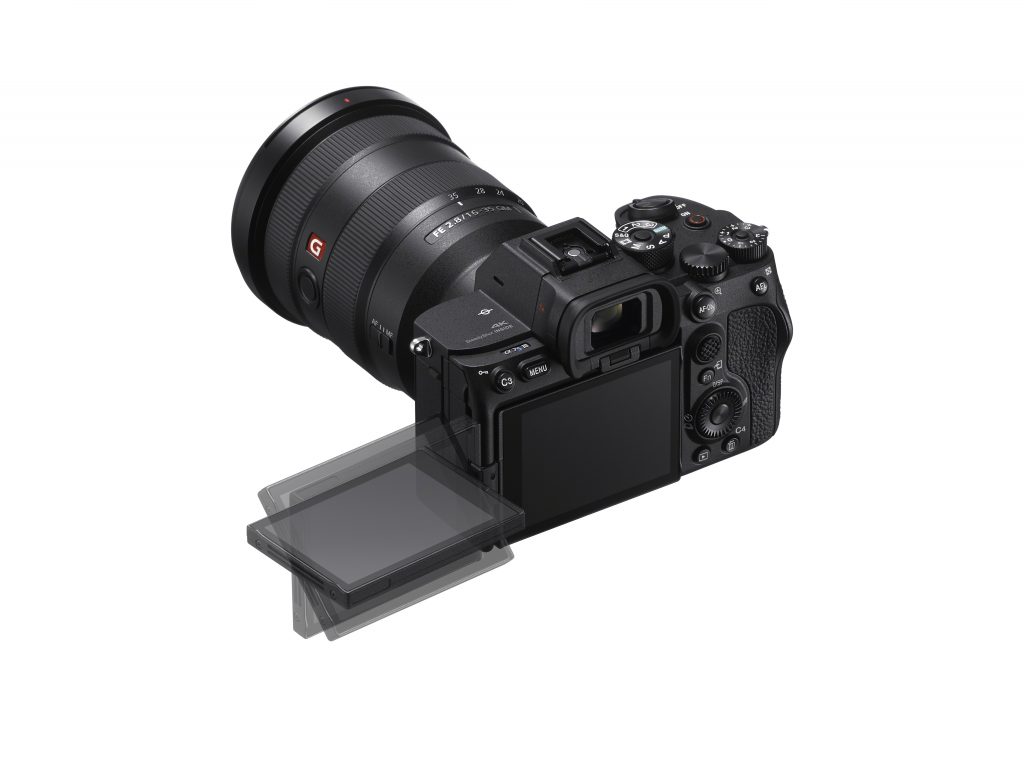
New for the range is a fully-articulated monitor. The moveable screen on the A7S III is a 3-inch unit with 1.44-million dots and offers touch functionality. One thing we like is that Sony has placed the mic input above the screen so that it does not interfere or block your view when using a shotgun mic for example. The menu system has been revised (praise Oden) to restrict photo and video settings to the mode you’re in. This will hopefully reduce relentless hunting for settings while operating the camera. The OLED viewfinder of the A7S III boasts an insane 9.44-million dots with 0.9x magnification, making it the highest resolution viewfinder on the market at launch.
Sony has not taken the bait to introduce 8K-video in the A7S III, but instead sticks with 4K/60p 4:2:2 10-bit for its highest-quality in-camera video recording. It is said to be able to shoot 4K/60p for well over an hour continuously without overheating, the Canon EOS R5 according to early reports struggles to get past 20 minutes of continuous 4K/60p recording without overheating issues. As mentioned above, the A7S III can also record 4K/120p (with sound and a slight 1.1x crop) for a more limited amount of time. At FullHD resolution, the A7S III can record up to 240fps.
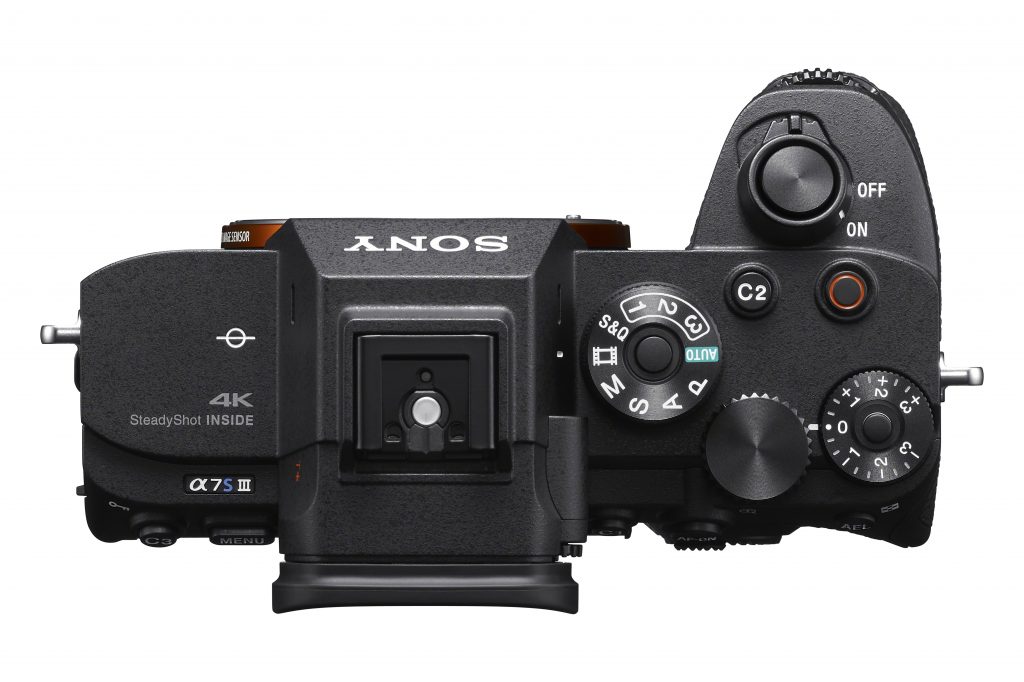
Sony has introduced two new codecs: XAVC-S I, which records ALL-I at 500Mbps and XAVC-HS, which reduces data to 200 Mbps using H.265 compression. We love that the Sony A7S III uses a full-sized HDMI 2.1 out, something Lumix got very right with its S-range of full-frame mirrorless cameras. Interestingly, the camera can output 4K/60p video at 16-bit RAW to an external recorder. But as yet, no such recorder capable of capturing that high a data rate exists. So we’re expecting some external recorder announcements on the horizon. Shooting S-Log 2/3, Sony has rated the A7S III as being capable of capturing an impressive 15 stops of dynamic range. Video and studio shooters will enjoy the fact that the A7S III can be powered via USB-C, whether by direct power or even a powerbank.
Focusing improvements include 759 phase detection points, of which 425 are contrast AF. Covering 92% of the imaging sensor, Sony claims to have improved its algorithms to add animal eye recognition to its already award-winning human Eye AF. It is said that the detection should be able to kick in at a greater distance than before and the camera should be able to achieve focus in conditions as low as -6EV. In terms of functionality, Sony has finally enabled AF-ON to work while in Manual focus, another great feature for video shooters.
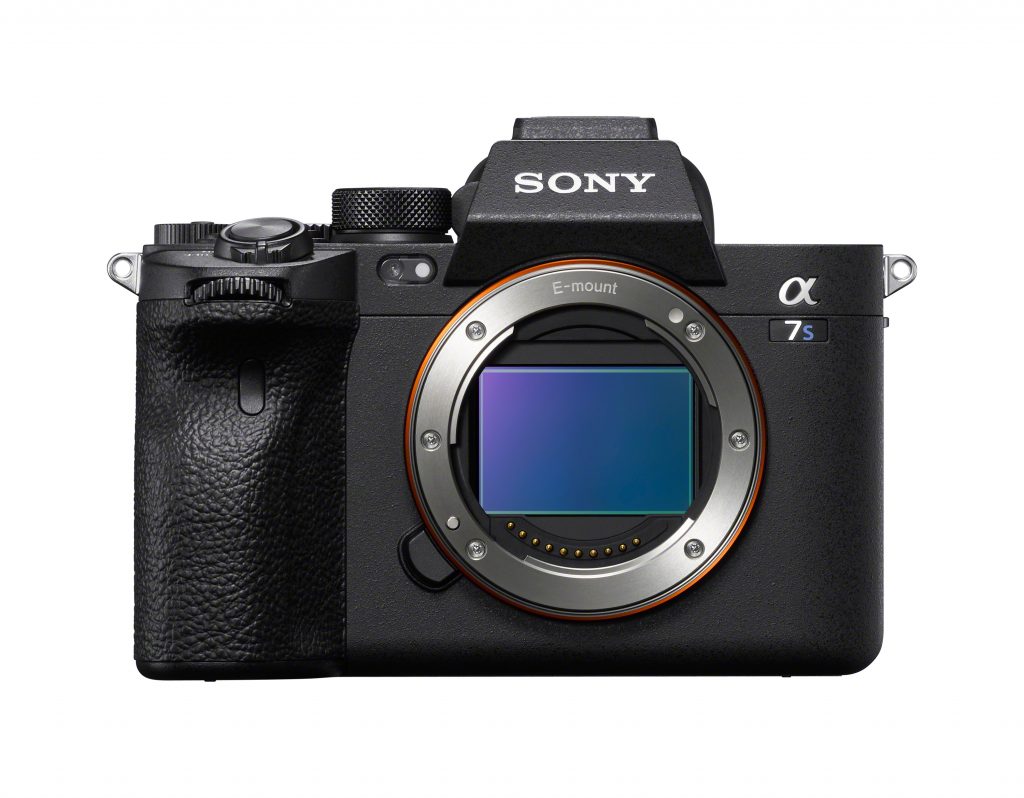
Interestingly (and finally) the A7S III features dual slots, which both accept UHS-II SD cards, as well as all new CFExpress Type-A cards. Sony claims that the new CFExpress type-A cards will only be required in data-hungry S&Q modes when shooting All-I 4:2:2, 10-bit videos. The new capacity should be able to deliver “1000 uncompressed RAW images” consecutively according to the launch announcement. Along with the camera announcement, two new CFExpress type-A cards were also announced in 80GB and 160GB capacities with write/read speeds of 700Mbps and 800Mbps. They’re pricey at €230 and €440 respectively and only Sony currently makes them.
Sony A7S III Pricing and Release Date
We expect to see the Sony A7S III shipping from September for around £3,800/€4,200. What are your thoughts on the new Sony A7S III? Is it competitive enough to stand out in a crowded field?

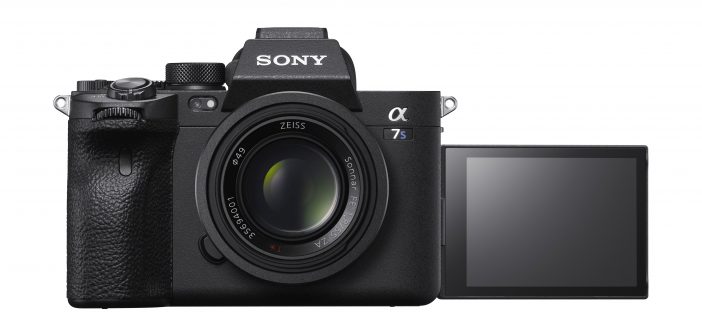
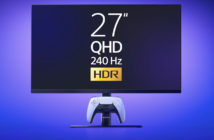


3 Comments
Very expensive camera.
Very, but great for a long term use
the best for me .. My Dream Camera